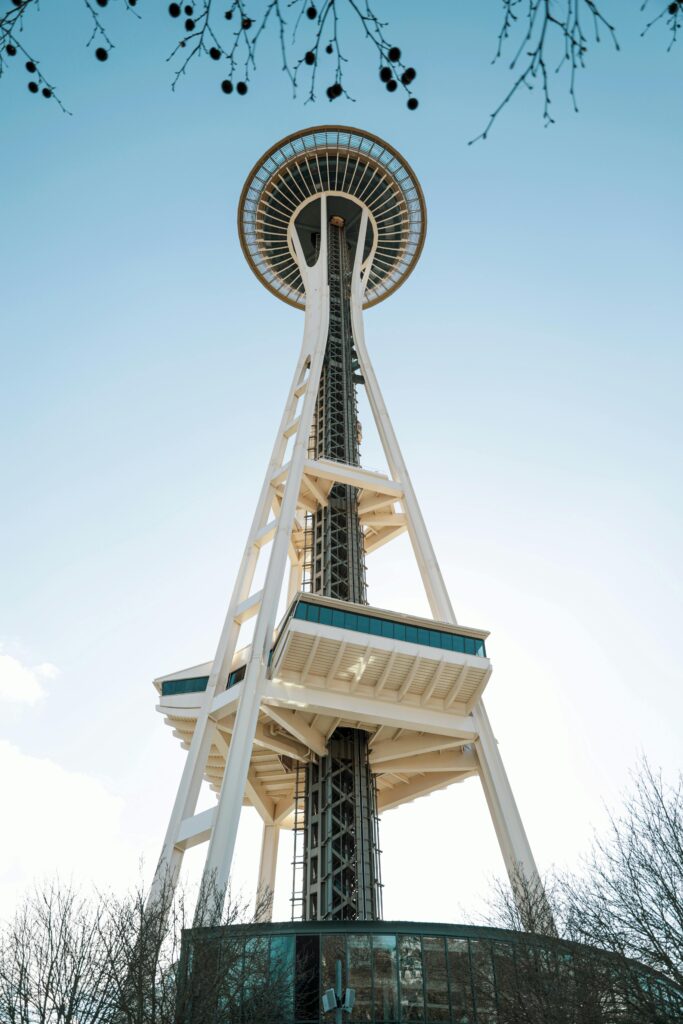Best Practices for Maintaining a Roof in a Wet Climate
Maintaining a roof in a wet climate is crucial to prevent water damage and ensure the longevity of your home. Here are some best practices to keep your roof in optimal condition:

Conduct Regular Inspections
Perform visual inspections of your roof at least twice a year, especially before and after the rainy season. Look for signs of damage such as missing or damaged shingles, cracks, or rust on metal roofs. Early detection can prevent minor issues from escalating into significant problems.
Keep Gutters and Downspouts Clear
Regularly clean gutters and downspouts to remove debris, leaves, and other blockages. Clogged gutters can lead to water overflow, causing damage to the roof and the structure of your home. Ensure that water is directed away from the foundation to prevent pooling.
Trim Overhanging Branches
Trim back tree branches that overhang your roof. This not only prevents falling branches during storms but also reduces the accumulation of leaves and debris in gutters, which can trap moisture and promote mold growth.
Inspect for Leaks
Check your attic and ceilings for signs of water penetration, such as stains, mold, or dampness. Address any leaks promptly to prevent further damage and mold growth.
Repair Damaged Shingles Promptly
Replace any damaged or missing shingles as soon as possible. Damaged shingles can allow water to seep into the underlying layers of the roof, leading to leaks and structural damage.
Seal Roof Penetrations
Inspect and reseal any roof penetrations such as vents, chimneys, and skylights. Ensure that seals are intact and not cracked to prevent water leaks into your home.
Examine Flashing
Check the flashing around chimneys, vents, and other roof penetrations for damage. Repair or replace any damaged flashing to prevent water from entering these vulnerable areas.
Ensure Proper Attic Ventilation
Good ventilation is vital for preventing moisture buildup in your attic, which can lead to mold and structural damage. Proper ventilation helps maintain a balanced temperature and reduces condensation risks.
Consider Waterproofing Solutions
Applying a waterproofing coating to your roof can provide an additional layer of protection against water infiltration, especially for older roofs that may have become more porous over time.
Schedule Professional Inspections
Consider scheduling a professional roof inspection at least once a year, particularly before the rainy season. Professionals can identify potential issues that may not be visible to the untrained eye
Monitor Roof Condition During Rainy Seasons
Regularly check your roof during heavy rain for any signs of damage or leaks. Promptly address any issues to prevent further deterioration and costly repairs.
By following these best practices, homeowners can effectively maintain their roofs in wet climates, ensuring protection against water damage while extending the lifespan of their roofing systems.